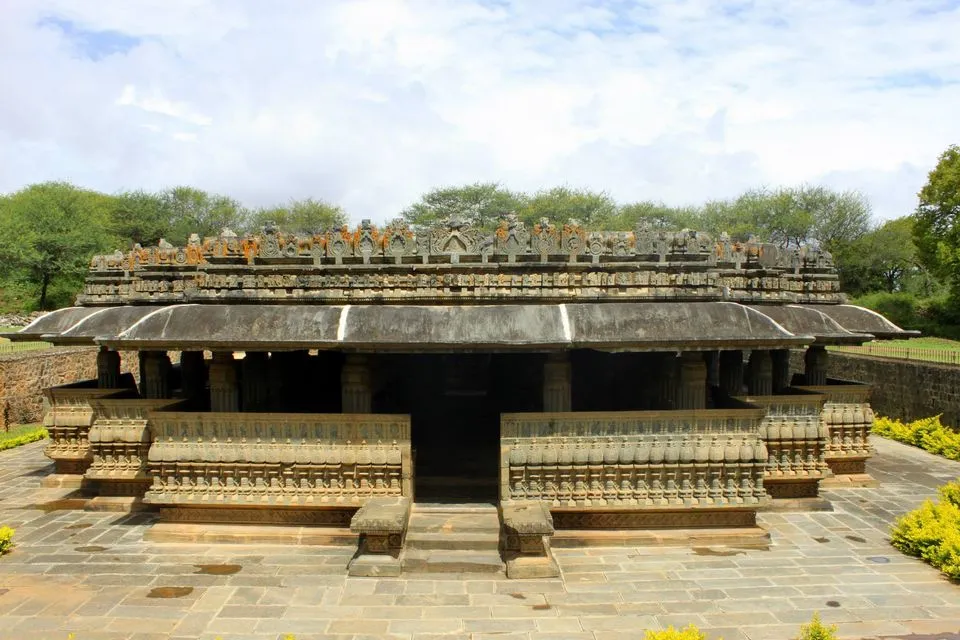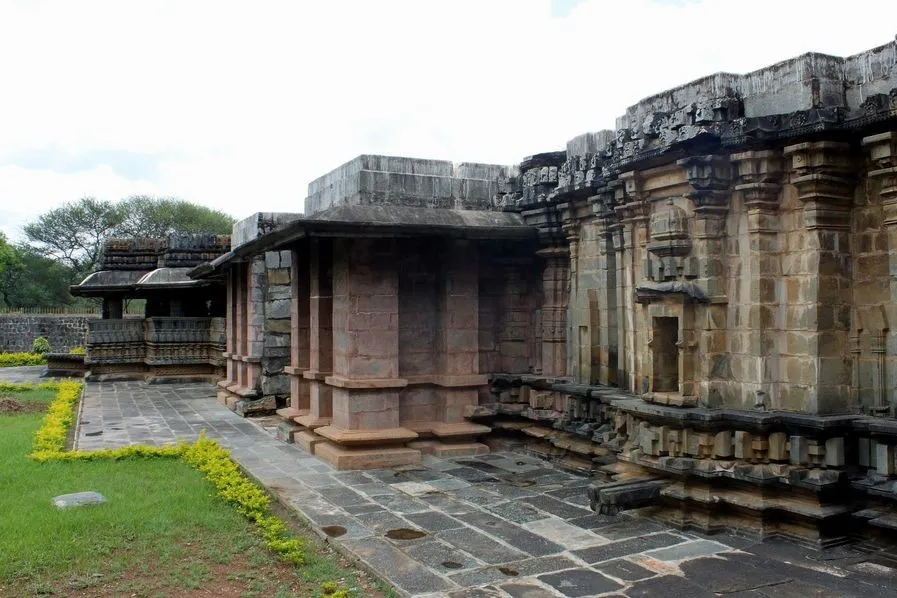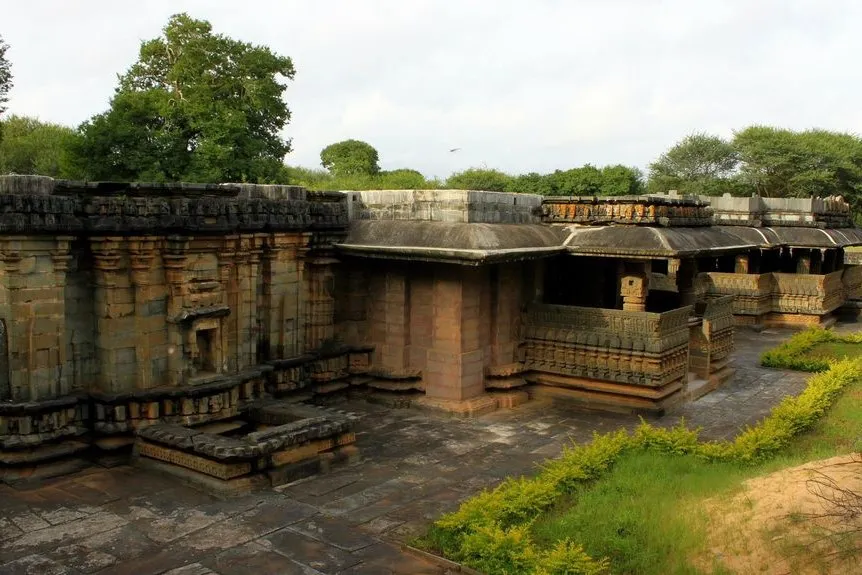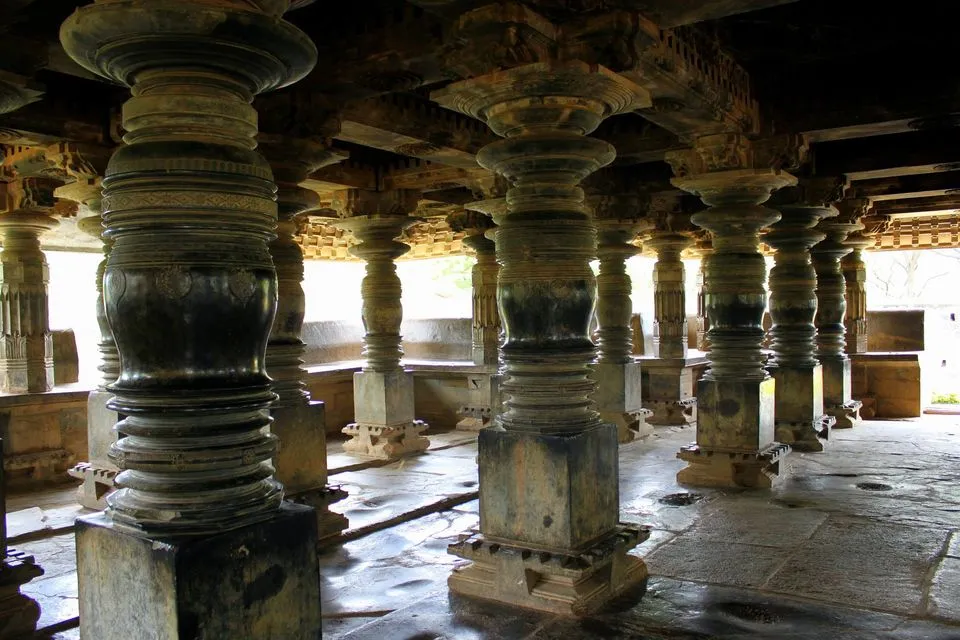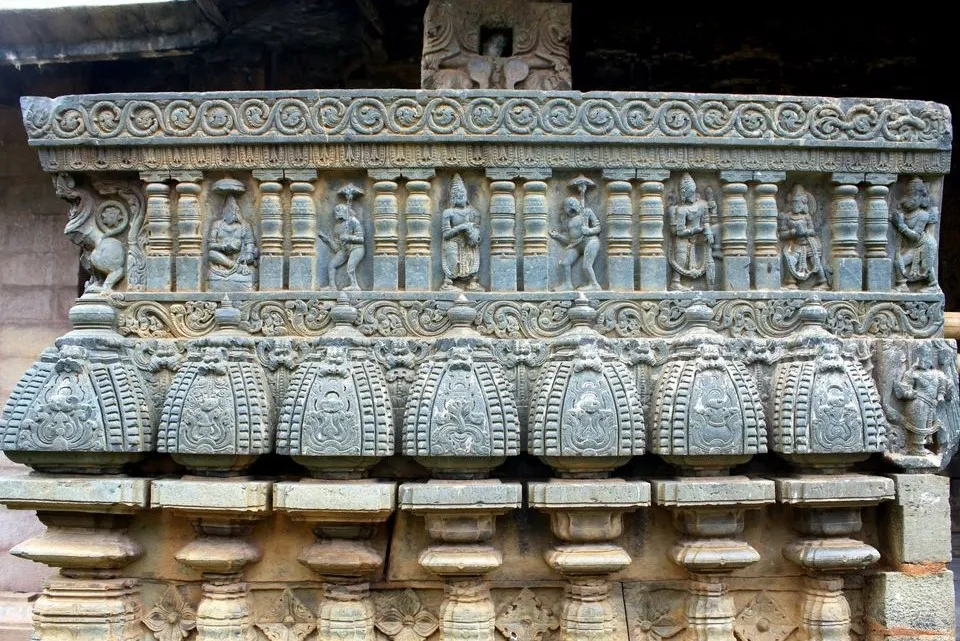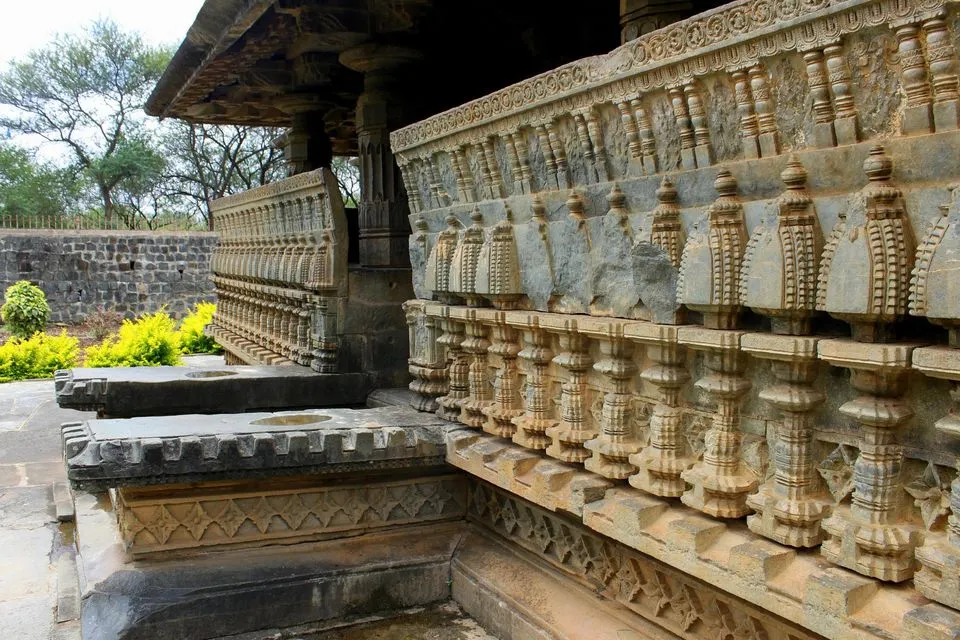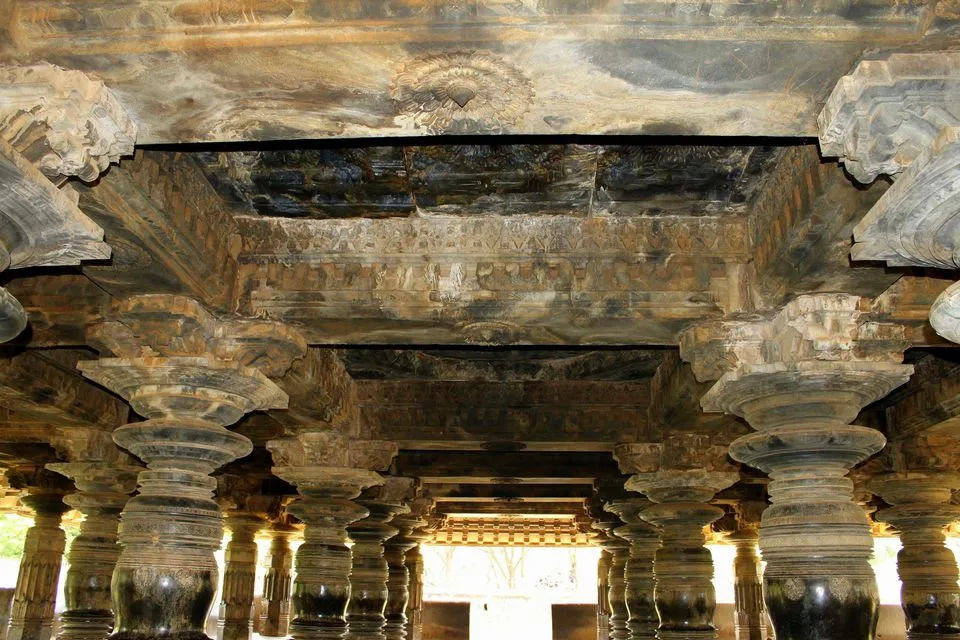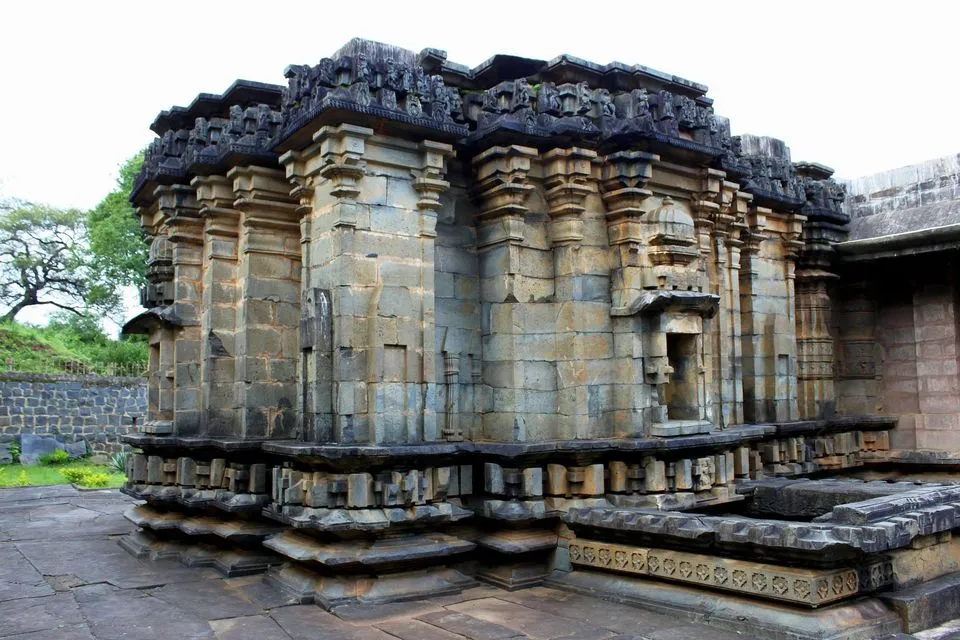Nagareshvara Temple is a 12th century Western Chalukya temple built by the Kalyani Chalukyas. Nagareshwar Temple is located in Bankapur Fort area of Bankapur city in Haveri district of Karnataka state. This temple is built in honor of the Hindu god Shiva.
Nagareshvara Temple is about 361 km from Bangalore and 78 km from Hubli. And it is 24 km away from Haveri city. 25 km from the haveri city railway station.
The temple is open from 7:00 AM to 12:00 PM and 4:30 PM to 6:30 PM.
History 0f Nagareshvara Temple
During medieval times, Bankapur fort was considered one of the most important forts in the Karnataka region. The Nagareshvara Temple at Bankapur suffered major damage when it was occupied by the army of Firoz Shah Bahmani and later Bijapur Sultan Adil Shah.
The Sultan “ordered the destruction of a magnificent temple within the fort”. Despite much looting, the great temple with its magnificent “big” hall still retains its original beauty. Two short inscriptions in the temple indicate that the temple was built in honor of the Hindu god Shiva. There are other inscriptions in the temple, one of which is dated AD.1138 and two in 1091 are records of grants to the deity of Nagareswara temple.
Architecture 0f Nagareshvara Temple
The Nagareshvara Temple was first built in the 10th century by the rulers of the Ganga dynasty. It is called Nagareshwar or Aravattharu Kambhada Gudi. Western Chalukya architecture holds a pride of place in the Indian architectural tradition and had a significant influence on later-day Hoysala architecture.
The temple belongs to the 12th century Western Chalukya art. It is built of soapstone material and consists of a small temple tower and mantapa, which connects to the mahamantapa or navaranga. Like all Western Chalukya temples, the sanctum is connected to the great hall through a porch. At the end of the great hall, there is an open nandimantapa facing the sanctum sanctorum.Western Chalukya architects provided fine exterior wall surfaces for temples and halls. They did this by spacing the surface with slender full and half pilasters. On the half pilasters are niches with miniature decorative turrets.
The highlight of the great hall is the bell shaped lathed dark gray stone (soapstone) pillars. The pillars are so well polished that they sparkle with reflected light. It is a standard feature of Western Chalukya pillar art, later popularized by Hoysala architects. The main decoration on these pillars is horizontal rings. There are other pillars on the square base, the columns standing between the two halls are highly ornamented and belong to an entirely different workmanship.
The ceiling in the great hall between the pillars is highly decorative with designs such as rosettes with imaginary beasts at the four corners. Mention should be made of the central domed ceiling in the great hall rising in the central decorative circles. There are several relief sculptures of Hindu Gods like Shiva, Vishnu, Ganapati, Brahma and Kali.
Visit Also
